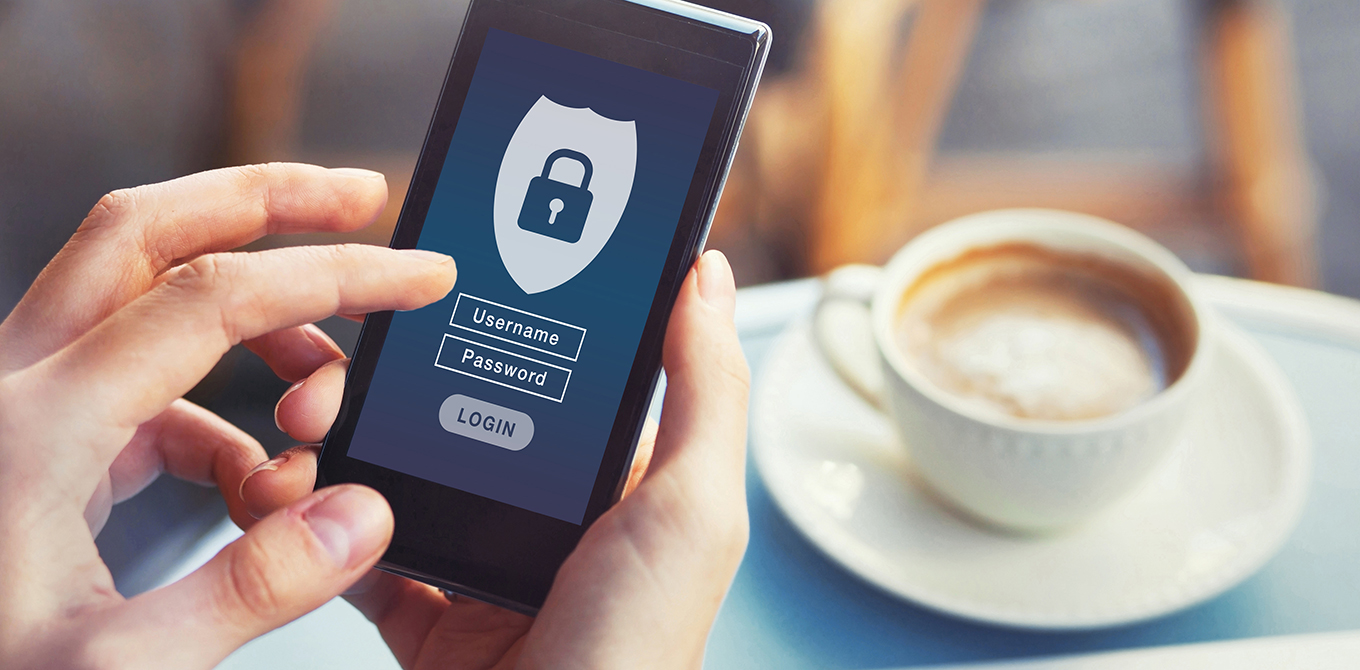Credit Card Fraud: What to do when it happens to you
Sometimes it’s barely noticeable. You’re scanning your credit card statement and you see a purchase in a city you’ve never visited. You may begin to notice additional charges from distant stores or unfamiliar online purchases. Chances are, you could be a victim of credit card fraud.
Maybe this has already happened to you. After all, more than 167,000 people filed reports with the U.S. Federal Trade Commission in 2018 claiming they were targeted by credit card fraudsters. With EMV chip technology protecting credit cards at physical locations, thieves are committing more of their crimes online. Illegal credit card account creation, the number one kind of identity theft, was up 24% in 2018 over the previous year. Data breaches are climbing as well: high-profile breaches at Capital One, Equifax, and Target were just a few of the recent ways fraudsters captured consumers' personal information.
If your credit card or account details are compromised follow these tips on what you need to do, as well as how to help prevent fraud from happening in the first place.
Tips on how to deal with credit card fraud
How do you know if credit card fraud has happened?
For many, the first sign of fraud is finding unfamiliar charges on a credit card statement. But there are other signs, too, such as getting bills for credit cards, or even utilities, that you didn't open. If you get unexpected calls from creditors or collection agencies, or if you see a new account on your credit report, your information has probably been compromised.
You might also be notified by a store or business that your data was captured by hackers, in which case you should assume the criminals will eventually try to use it.
In any of these cases, or if your card was lost or stolen, take action as soon as you suspect fraudulent behavior.
1. Call your credit card issuer
The first step you should take is to call your credit card issuer. They will cancel your card and send you a new one. The good news is that according to federal law, if you do this within two business days of noticing the illegal activity, you won't have to pay more than $50 to cover the fraudulent charge. Your card issuer might also have a zero liability fraud policy, in which case you won't be responsible for any of the charge.
2. Check your other accounts
Go into your credit card and bank accounts to look for other strange charges. If you find any, let the bank or card issuer know . When reviewing, don’t just focus on large dollar amounts. Look for small amounts, often thieves will use small “test charges” to test whether a card is viable.
3. Change passwords and PINs
It's a hassle, but it's important to change all your online passwords, as well as your PINs for debit and credit cards. Never use the same password twice and select strong passwords with combinations of letters, numbers, and symbols. Be sure to set unique passwords for your financial accounts.
4. Remove stored credit card numbers online
They're convenient, but you should remove any account numbers you've stored on retailers' or other sites.
5. Call the credit reporting bureaus
Notify the three credit reporting bureaus: Equifax, Experian, and TransUnion. Ask them to impose a fraud alert, which will red-flag your account for retailers so they will know to seek additional proof of identity.
6. Order your credit report
Check your credit report to see if any new accounts have been opened in your name. You're legally entitled to one free credit report from each of the credit reporting bureaus every twelve months. Order yours from annualcreditreport.com.
7. Restrict access to your credit report
You should consider placing a credit freeze, which will restrict access to your credit report (making it difficult for someone to open fraudulent accounts) and is free. To place a freeze you must contact the three major credit bureaus and work with each one individually to place the freeze and receive a PIN. The PIN allows you to manage the freeze or remove it in the future.
8. Keep records
Maintain records and documentation of any calls, emails, and steps you've taken after you discovered the fraud. Put them all in one place for easy reference.
Unfortunately, just because it's already happened doesn't mean credit card fraud won't happen again. Although it's difficult to remove the threat of fraud entirely, to protect yourself in the future, there are things you can do to make it less likely.
Operate carefully online and elsewhere
Card-not-present fraud is 81% more likely than point-of-sale fraud (fraud that takes place in a brick-and-mortar store or establishment), which means using your card online can be a serious threat. Card-not-present crimes take place online, by mail order, or over the phone, and as its name suggests, the criminals don't need your actual card to do their damage. But with a few simple precautions, you can feel confident making purchases.
- Before entering your card or other personal information, such as a Social Security number, into a website, make sure it's authentic. Make sure the site's URL begins with “https" rather than “http," or look for an icon of a closed padlock at the top or bottom of the browser.
- Continue to change your passwords regularly, or use a password manager.
- Never give out your card information over the phone unless you initiated the contact.
- Never put your personal or credit card information in an email. If someone emails you with a request for updated card information, be wary: it could be a classic phishing scam. Call the company to verify if the request is legitimate.
Guard your card
To prevent point-of-sale credit card fraud be aware of where you’re using your card. Outside ATMs and gas stations are often easy targets for criminals to place skimmers—malicious card readers attached to payment terminals that gather the card information and allow thieves to create cloned accounts.
- Examine the reader carefully. Check for obvious signs of tampering on the card reader—different colors or materials or graphics that seem out of place.
- Touch everything. Generally, ATMs don’t have loose parts. Touch the keyboard, card reader and other protruding parts to make sure they’re secure. If things move, you probably shouldn’t use that machine.
- Cover the card reader keypad with your hand if you need to enter a PIN. Always assume someone is looking.
As unpleasant as it is, credit card fraud is a reality. But if you know how to keep your card information safe, and what to do in the event of illegal activity, it doesn't have to ruin your financial health.




